#shatranj
Text
Chess Blog Day #39 - The Rules of Chess's Ancestors
Firstly we're gonna take a look at the rules of shatranj because it had consistent rules and some similarities to its parent, chaturanga.
The pieces had the following names:
Pawn: Sarbaz "soldier"
Rook: Rukh "chariot"
Knight: Faras "horse"
Bishop: Pīl "elephant"
Queen: Ferz "counsellor"
King: Shāh "king"
The rook, knight and king moved exactly the same way they do in modern chess.
The pawns moved exactly like they do in modern chess except they couldn't move two squares on their first move and had to promote to a ferz rather than being promoted to a piece chosen by the player.
The ferz and pīl moved like this (unlike the bishop, the pīl could jump over pieces):


Interestingly, much like how modern bishops are restricted to a specific square colour, each pīl was restricted to its own region of the board and they could never capture each other.

Chaturanga's rules are less know to historians. However, the rules are thought to have been similar to shatranj.
Most of the pieces seem to have moved in the same way, but the bishop equivalent (Gaja, "elephant") in chaturanga has three different ways of moving that have been historically documented. One of them is exactly like the pīl. The other two look like this (in the second scenario it could jump like the pīl):


In both shatranj and chaturanga stalemate was considered a win, as was capturing everything except the king. The two positions below would be considered draws in modern chess.


Once the modern queen and bishop moves were added, king safety became more of an issue.
Tomorrow: The history of castling.
3 notes
·
View notes
Text
Campaign | DOKO Ke Saath | Audio 5
Shatranj ki baazi se lekar, Sangeet ki jhankaar tak
Chaay ka ek hi asli swaad, DOKO ke saath
The tea visible in this video is taken from https://www.dokonatural.com/
0 notes
Text
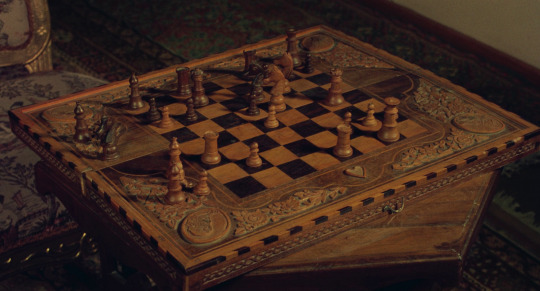



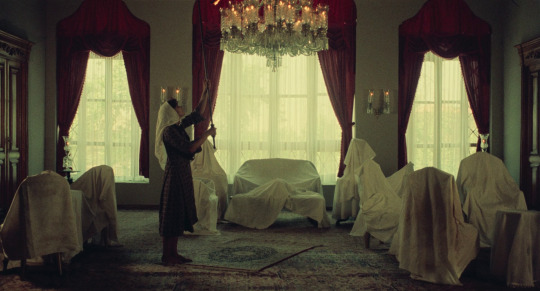
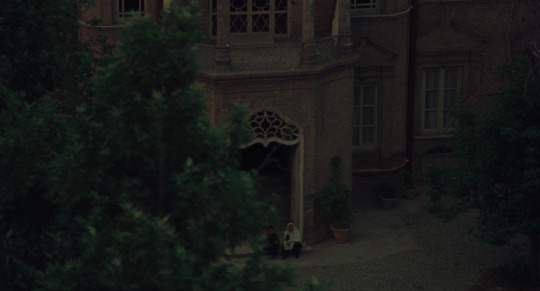
Mohammad Reza Aslani - Chess of the Wind (1976)
150 notes
·
View notes
Text
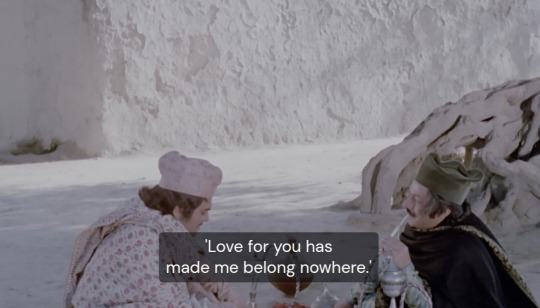

The Chess Players (1977)
316 notes
·
View notes
Text
still thinking about that post about high schoolers becoming obsessed with chess this past month and it's making me so emotional to think about how people have been playing a version of this same game for 1300+ years, like how it's connected to our history and our present in a way that few things are. there are teens playing chess in the school i walk by each day, and there were teens in france 500 years ago playing chess, there were teens in spain 800 years ago playing chess, and there were teens in iraq 1200 years ago playing chess. people are playing a game of chess right now that has never been played before and never will be again, but there's also people playing a game with the exact same moves that someone has played before. al-suli wrote a book about chess openings around 900 CE and someone made a youtube video about chess openings yesterday. we created this game to entertain us, to challenge us and to connect us to other people and it still does!! it connects us to even more people than it ever has before! there's just something so intrinsically human about the desire for play, and it lives in us through the games we've carried across generations
#iotdbf blogging#chess#do not come @ me about shatranj and chess being different games#i can tell you every single difference i can tell you common openings#but sit down and play it and tell me it doesn't feel like playing chess#it's just like the beta version of chess#anyway sorry for being insane about chess! as if i'm ever not
66 notes
·
View notes
Text
Have I ever shared the HC that people just stop playing board games with Bumi because he always wins and acts like a smug bitch afterwards?
#korra plays pai sho with him for 5 hours. bumi wins and reveals he was having a fun game where he didnt wanna use his lotus tiles at all#lin tries carrom. she is a sore loser.#mako tenzin and asami have turns playing shatranj (ancient indian version of chess) and lose within 15 moves#bumi ii#my headcanon#my post#lok#scheduled post
7 notes
·
View notes
Text

Mohammad Reza Aslani - Chess of the Wind (1973)
18 notes
·
View notes
Photo

Chess of the Wind, 1976
279 notes
·
View notes
Photo

"We all have dust and dirt on us."
Chess of the Wind (1976)
Director: Mohammad Reza Aslani
Cinematography: Houshang Baharloo
25 notes
·
View notes
Photo
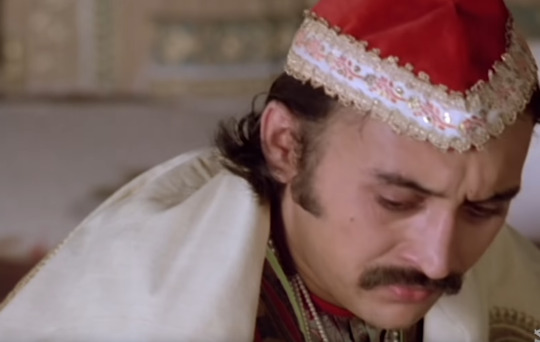

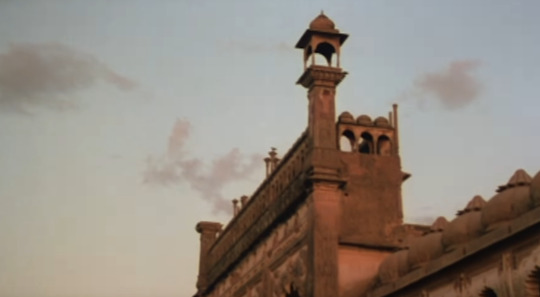
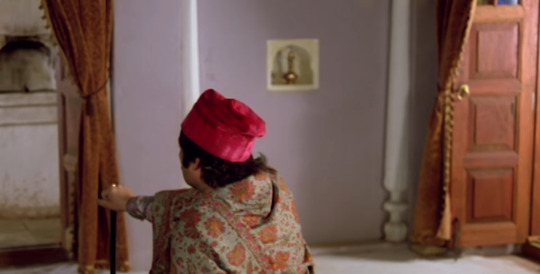
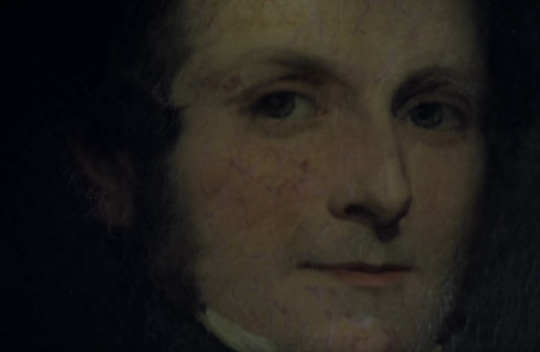

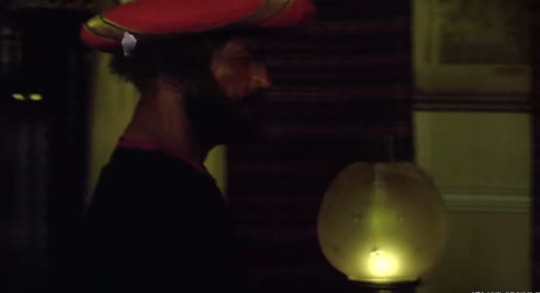



The Chess Players/Shatranj Ke Khilari (1977, Satyajit Ray).
#The Chess Players#Shatranj Ke Khilari#movies#Satyajit Ray#indian cinema#first thing by this director i've seen!
11 notes
·
View notes
Photo

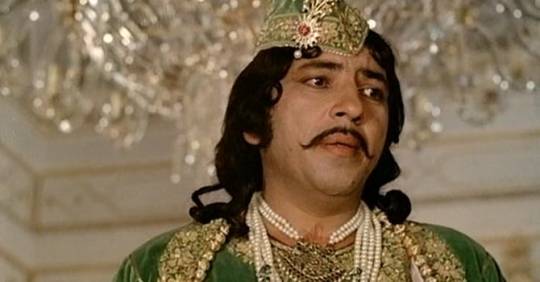

Shatranj Ke Khilari (1977)
14 notes
·
View notes
Text
Chess Blog Day #38 - Chess and Its Family
Although there still remains some debate on whether chess originated in India or Persia, most historians believe chess to have originated in India.
The common ancestor of chess-like games would then be Chaturanga.
"Chaturanga" literally means "four divisions". The four divisions were infantry, cavalry, elephants and chariotry. These would later become the modern pawn, knight, bishop and rook.
Chaturanga was played on an 8x8 board but this board wasn't checkered like a chessboard.
Chaturanga was probably the earliest game to have two things that chess has that other board games like Go don't: Different pieces with different powers, and a single piece that the game centres around trapping (a "king").
Chaturanga was then introduced to Persia (modern Iran) and became Chatrang, which was eventually given the Arabic name Shatranj.
In Chaturanga the king could be captured. Persian players must have decided that this was no fun because at some point in the 700s the rules of Shatranj were changed so that you couldn't put yourself in check and had to move out of it.
Shatranj had the king, knight and rook equivalents move the way they do to this day; but the pawn, queen and bishop equivalents were much less powerful.
This didn't entirely solve the problem of instantly losing games via a silly mistake though, as any online blitz player will attest. Oh well.
Players also had to announce "shāh" (meaning "king", the origin of the modern "check") when they attacked their opponent's king. And of course they also had to declare "Shāh Māt!" ("the king is dead!"), the origin of the modern checkmate.
Later on they started to engrave half of the squares and the iconic checkerboard came into play.
Shatranj sets are typically more minimalist than Chaturanga sets, likely because of the Muslim ban on idolatry that we mentioned yesterday.
Here's a Chaturanga set (left) compared to a Shatranj set.

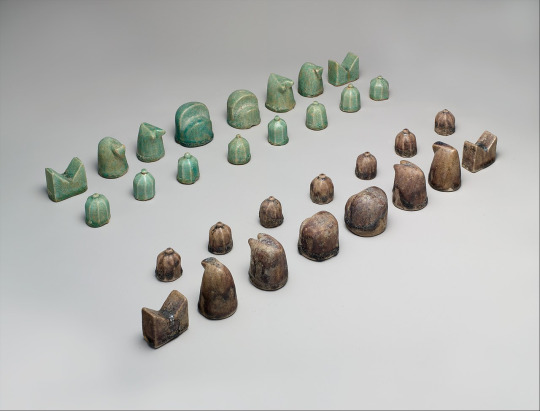
Before we continue down the descent of chess, we need to take a look at its cousins.
Chinese chess, xiangqi, is thought to be derived from Chaturanga. There are some niche historical theories that it was the other way around, but these aren't well supported. It has the two properties of a chess-like game that we mentioned before - a "king" and pieces with different moves. Xiangqi doesn't have squares though. Pieces are placed on intersections like in Go.

Shogi, or Japanese chess, is also thought to be derived from Chaturanga and may have been invented in India. Some historians even believe that it was originally played with 3D Chaturanga pieces and not the 2D set that it is today. Shogi has the interesting property of being able to use your opponent's pieces after you capture them, reflected in the western variant of bughouse chess.
One theory is that this rule was added at a time in Japanese history when there were a lot of mercenary fighters switching loyalties.

Makruk, or Thai chess, is another Chaturanga derivative. It's actually much more similar to Chaturanga than Chinese or Japanese chess, and is probably the closest thing to Chaturanga still played today aside from chess itself.

In fact Chaturanga derivatives spread so far east that they reached what is now the USA, as chess-like pieces have been found belonging to the Tlingit people of Alaska.
Back to chess.
Eventually Shatranj was introduced to Europe and became associated with violence, revelry and gambling (I know). The historical cultural impact of chess could be its own blog post.
Eventually chess became more prestigious and associated with knights and royalty, who played with ornate pieces. Christian cultures didn't have the same issues with idolatry at that point in history and began making the sort of elaborate sets we saw yesterday.
At this point the rules hadn't really changed from Shatranj.
There were a couple of early European rule changes though. Pawns were allowed to move two squares on their first move and en passant was added to balance this out. King and queens could jump on their first move (queens were still weak and king jumping eventually became castling).
People also experimented with the idea of setting up the pieces behind the pawns however they wanted, although this never caught on.
Then around 1500 AD the Spanish came along and decided that chess was just too slow. They decided that bishops and queens should have the move ability that they do today.
This was initially called "Mad Queen Chess" or "Chess with the madwoman".
This update spread like wildfire though because clearly everyone found it led to much more action.
Finally in the 1800s the modern rule around stalemate was added, castling was standardised, and all later rule changes like threefold repetition were more technical in nature.
We talked a little bit about the rule changes over history, but some of them are quite interesting so it's worth looking into them in more detail.
Tomorrow: The rules of chess's ancestors.
#chess#board game#history#chaturanga#shatranj#chatrang#xiangqi#shogi#makruk#japanese chess#chinese chess#thai chess#tlingit#mad queen chess#en passant
2 notes
·
View notes
Text
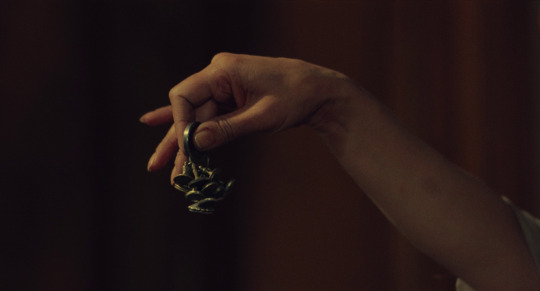
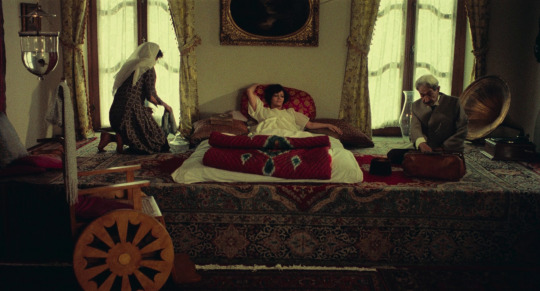
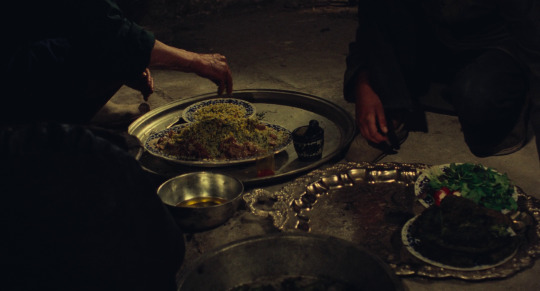


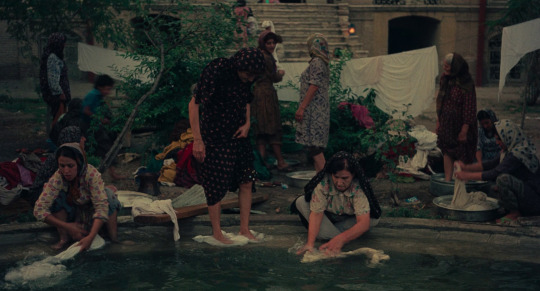
Mohammad Reza Aslani - Chess of the Wind (1976)
37 notes
·
View notes
Photo
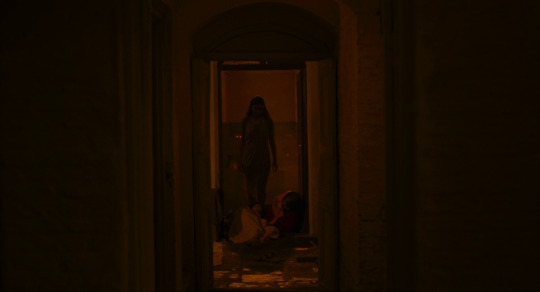
Shatranj-e Baad // Chess of the Wind (Mohammad Reza Aslani, 1976)
10 notes
·
View notes
Text
still very much obsessed with the ost from the new desert region in sumeru
#genshin can be criticised on so many things but their music? slaps#genshin's soundtrack is literally amazing some of their songs are brilliantly executed#the sumeru ost especially is just so beautiful#still not over the way they incorporated so many traditional instruments from the actual places the region is inspired in and how they#blended so effortlessly with the more traditional orchestra sounds#but i have been extra head over heals for the songs in the new desert expansion region#you know a song is good when you go to the area in game it plays just so you can hear it one more time#it's also about the contrast#the intensity and frightening aura of dunes of steel the almost crying and sadness of safhe shatranj#the peacefulness of the sands of al-azif the devastating way hope is so quickly expressed and then taken away in#memories of the eternal oasis...#SO GOOD#orchard of pairidaeza: the eternal oasis is so beautiful it makes want to sob#like. there's not a bad track!!!!!#anyways thanks for coming to my ted talk on sumeru: desert of hadramaveth ost agsjsh#it's just a genshin ost type of morning i guess i will go back to searching for the mop now#that's what i was supposed to be doing cause i need to mop the floor bye#if you see me rebloging stuff after this no you didn't 👀 i am literally moping the floor rn what are you on about shkwhsjsjsk
2 notes
·
View notes
Text



—𝙻𝚎𝚘𝚗𝚊 𝙺𝚒𝚗𝚐𝚜𝚌𝚑𝚘𝚕𝚊𝚛 𝙶𝚎𝚝𝚜 𝚝𝚘 𝙺𝚗𝚘𝚠 𝚅𝚊𝚛𝚒𝚘𝚞𝚜 𝙲𝚑𝚎𝚜𝚜 𝙶𝚊𝚖𝚎𝚜 𝙵𝚛𝚘𝚖 𝙶𝙽!𝚂/𝙾'𝚜 𝚆𝚘𝚛𝚕𝚍—
Summary: Headcanon(s) where Leona gets to know various chess games from S/O's original world from various countries (xiangqi, shogi, janggi, makruk, shatranj, chaturanga, etc).
Pairing: Leona Kingscholar x GN!S/O.
CW: Fluff, grammatical error, OOC.
A/N: Takin a break from my scenario reqs hjegabjgbaw (oh & btw the hcs & interaction reqs r open again hehe) ꒰ᐢ. .ᐢ꒱₊˚⊹ I GOT THIS IDEA WHEN I WAS PLAYIN MAHJONG AHHHHH ໒꒰ྀི´ ˘ ` ꒱ྀིა SMJGBAKJGAJWGN I HOPE U GUYS LIKE THIS MUEHEHEHE (,,>﹏<,,)

You invite Leona, the lazy beastman, to play a few games with you. He was about to decline you (and prefer to nap with you), not until you mention you want to play VARIOUS CHESS GAMES from VARIOUS COUNTRIES IN YOUR WORLD. Now, he's interested.
Also you try to explain to him that there's a lot of unique chess games from around the countries in your world, even the pieces, the movements, and the board are different.
There's a history behind all of these chess games as well! Now, that indeed piqued his interest. Like come on, various chess games with different pieces, movements, boards, rules as well? How couldn't he be interested, right?
Of course, you're trying your best to explain the rules and how to move each pieces. Oh dear, this is the first time you see Leona becomes THIS SERIOUS.
No surprise that he learns it quickly, he's a fast learner after all. But when you mentioned xiangqi is harder than default chess, oh? Herbivore, are you underestimating his skills? How hard is it, huh? It feels like you're challenging him and it's... Amusing.
This man, this annoying lion beastman won't stop teasing you if he beats you quickly. Aren't you his teacher just a few minutes ago? But... You lose to him in instant? So, has the position switched? Is he your teacher now?
If you mastered one of those chess games or a few, that's a new challenge for him to beat you. He's an ambitious lion, herbivore. He won't go easy on you AT ALL.
If your skills are the same level as him, bet, the whole room will be quiet because the two of you are too focused on the game. Care to play more with him, herbivore?
"Hmm, not a bad move, herbivore~ Now, it's my turn."

I DO NOT OWN TWISTED WONDERLAND & DO NOT REPOST MY WORKS.

#kotaro's work#leona x reader#leona kingscholar x reader#leona kingscholar#twst leona#disney twisted wonderland#twisted wonderland imagines#twisted wonderland x reader#twst#twisted wonderland#twst imagines#twst x reader#twst headcanons#disney twst#leona
264 notes
·
View notes